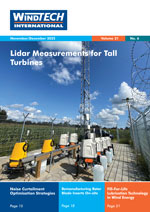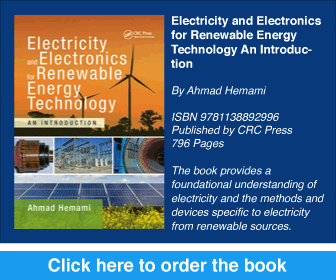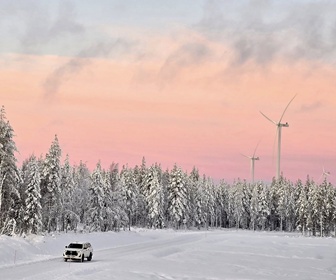Emerging markets have accelerated their transition to low-carbon energy over the past decade, according to new analysis from BloombergNEF. The latest Climatescope report reviews policy developments, investment trends and the growth of renewable power capacity since the Paris Agreement.
Renewable energy investment in emerging markets excluding mainland China has nearly tripled since 2015, rising from US$ 49 billion to US$ 140 billion. Despite this growth, developing economies have accounted for only 18 percent of global clean energy spending over the past ten years, while developed economies and mainland China captured the majority.
Global renewable energy investment has exceeded US$ 4 trillion in the past decade, yet less than 1 percent has gone to low-income markets. Most capital has flowed to upper-middle- and high-income economies, which together received 62 percent of total funding. Barriers in emerging markets include political instability, currency risks and high capital costs, which constrain investment even as technology prices fall and demand increases.
Solar remains the dominant technology in these markets, making up nearly three-quarters of total renewable investment in 2024. Small-scale solar has seen the fastest growth, rising from 5 percent of investment in 2015 to 47 percent in 2024, supported by decentralised systems and expanding policy frameworks. The share of emerging economies with net-metering or distributed-generation policies increased from 21 percent in 2015 to 73 percent in early 2025.
BloombergNEF’s annual ranking of clean energy investment attractiveness again places India in first position, supported by a stable policy environment and well-designed auctions. Romania moved into second place for the first time following new energy reforms backed by the European Union and the European Investment Bank. Chile returned to the top three, while Pakistan entered the top five, driven by rapid growth in solar installations.










